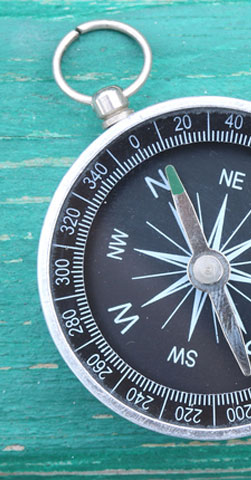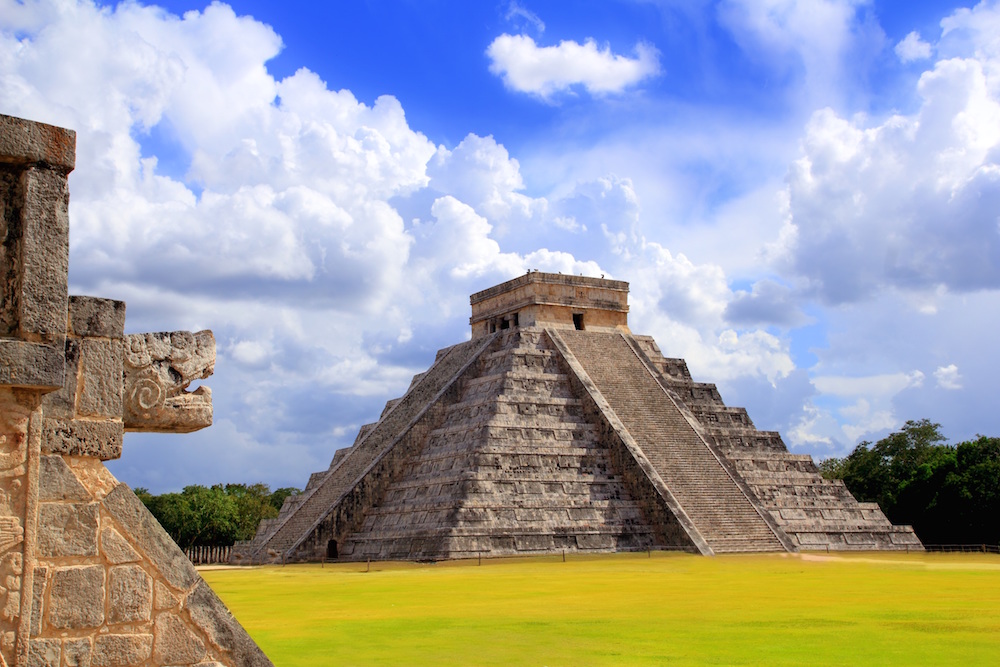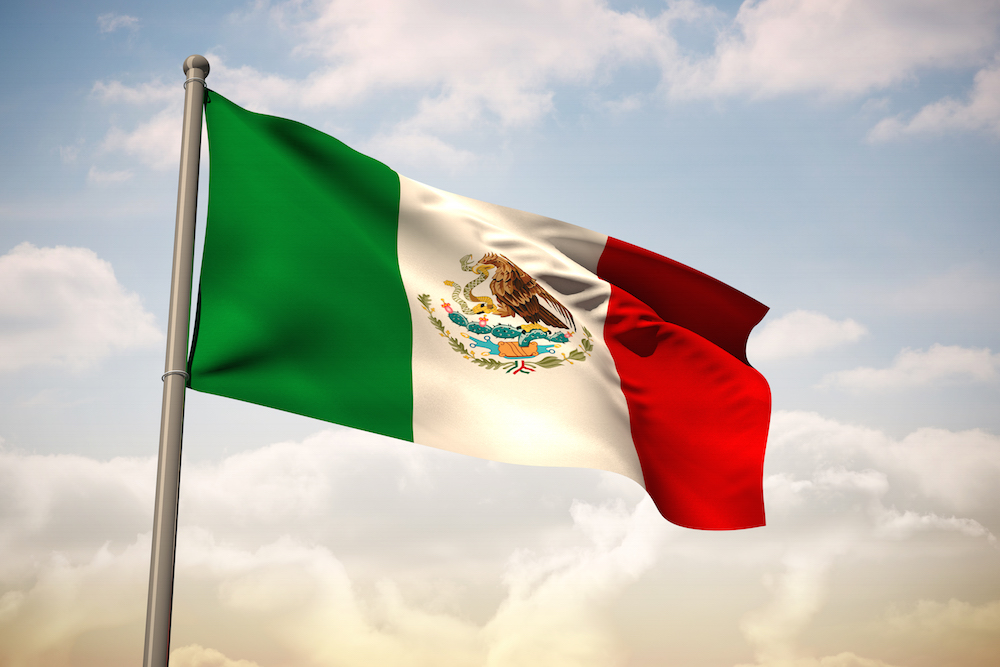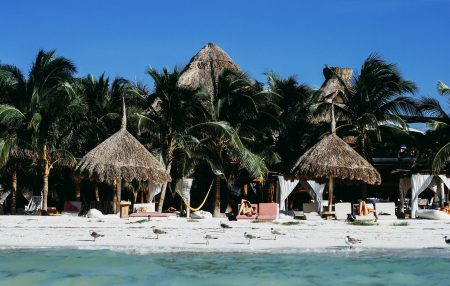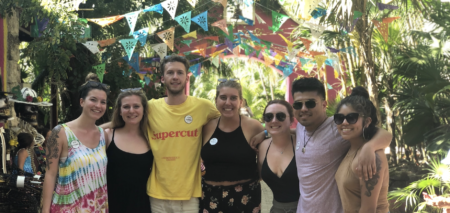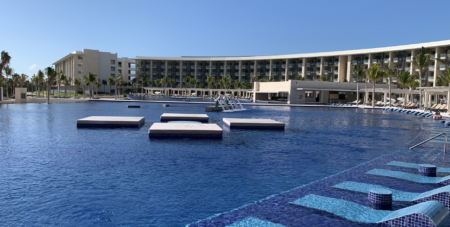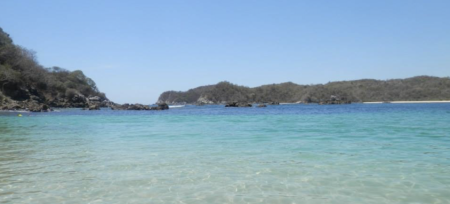 People tend to think that Mexico is a “Latin American” country – probably because the dominant language, Spanish, is spoken throughout Central and South America, and Mexico’s history is linked to the indigenous populations of the Mayans and Aztecs that also inhabited regions in Central America. But Mexico is technically considered part of North America, since it shares a long border with the United States and is physically distanced from South and Central America, connected only by the narrow Isthmus of Panama.
People tend to think that Mexico is a “Latin American” country – probably because the dominant language, Spanish, is spoken throughout Central and South America, and Mexico’s history is linked to the indigenous populations of the Mayans and Aztecs that also inhabited regions in Central America. But Mexico is technically considered part of North America, since it shares a long border with the United States and is physically distanced from South and Central America, connected only by the narrow Isthmus of Panama.
The proximity of Mexico to the United States makes it a favorite destination for Americans. It has the allure of a foreign country with a rich history much more ancient than our own. It has beautiful, sandy seashores on both the Gulf of Mexico and the Pacific Ocean, and a widely divergent landscape ranging from the Sierra Madre mountain range to the rainforests in the southeast to the huge Chihuahuan Desert. It has appeal for environmentalists, history buffs, those who enjoy art and architecture, adventure and pleasure seekers, foodies, and families looking for a place not too far from home where everyone can have a good time.
You can experience Mexico on a cruise, allowing you to visit more than one region. Cruise ships sail both the Gulf of Mexico and along the Pacific Coast. Another popular option is to book an all-inclusive resort which includes all meals and beverages (often in a variety of restaurants) with added amenities like free entertainment and access to gym and spa facilities. These resorts also have options for day trips to historical ruins, snorkeling and diving excursions, and fishing trips.
If you’re not a beach person, visiting historic Mexico City, Guanajuato, Merida, and Oaxaca will give you an appreciation for the rich culture of this diverse country and its people.
Once you’ve experienced a trip to our southern neighbor, you’ll want to return again and again.
Tap water in Mexico is unsafe to drink – nobody drinks it, not even the locals. But you’re going to need water if you’re touring ancient ruins or just sitting on the beach, so invest in a filterable water bottle. (Lifestraw Filtered Water Bottle is one example.) Bottled water can be expensive and all that plastic is tough on the environment, so reusable bottles with built-in filters are the answer.
Purchasing travel insurance is especially important for travel to Mexico. The weather can turn ugly at certain times of year. (August through October is hurricane season.) Also, because Mexico is so reliant on foreign tourists, their precautions for Covid are pretty relaxed. Many Mexicans have not been vaccinated, so it’s entirely possible that you will be exposed to the virus. Be proactive about your own safety.
Museums (and some shops and restaurants) are closed on Mondays, so check ahead when making plans for the week. The good news is that most archaeological sites are open daily.
You don’t need a visa to travel to Mexico, but you do need your FMM tourist card. This is the little slip of paper that the immigration agent hands you after checking your passport. You MUST return it when you depart – without it, you’re not going anywhere!
Mexicans dress conservatively – shorts and belly shirts will get you a lot of unwanted attention unless you’re at a resort where minimal clothing is the norm. When traveling away from tourist areas, it’s best to cover up.
Need a restroom? If you’re a man DON’T head for the door marked with an M! That stands for mujeres, the Spanish word for women. You need the door marked C (caballeros) or H (hombres). And if you’re not at a resort or tourist friendly hotel, remember to deposit your toilet paper in the designated bin – don’t flush unless you’re prepared for a nasty flood.
Digital security can be a bit iffy in Mexico. It’s a good idea to use a VPN (Virtual Private Network) service – especially if you plan to do some computer work while on vacation.
Pay with pesos instead of dollars – or with a credit card that does not charge foreign transaction fees. Many of the local shops and restaurants do not accept credit cards, and paying with pesos will insure you don’t get ripped off with crazy exchange rates.
Learn some Spanish words to help you get where you’re going when not in a high tourist area. The locals will appreciate it! And by all means, get out of the high tourist areas once or twice on the trip. Mexican people are friendly, helpful and very happy to welcome visitors. Patronizing local establishments just might be the high point of your trip!
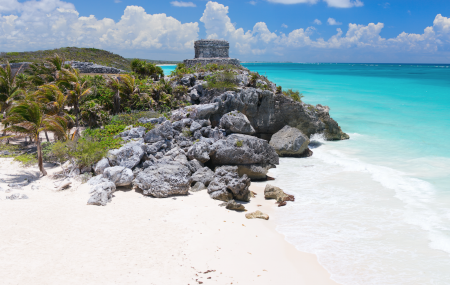 People tend to think that Mexico is a “Latin American” country – probably because the dominant language, Spanish, is spoken throughout Central and South America, and Mexico’s history is linked to the indigenous populations of the Mayans and Aztecs that also inhabited regions in Central America. But Mexico is technically considered part of North America, since it shares a long border with the United States and is physically distanced from South and Central America, connected only by the narrow Isthmus of Panama.
People tend to think that Mexico is a “Latin American” country – probably because the dominant language, Spanish, is spoken throughout Central and South America, and Mexico’s history is linked to the indigenous populations of the Mayans and Aztecs that also inhabited regions in Central America. But Mexico is technically considered part of North America, since it shares a long border with the United States and is physically distanced from South and Central America, connected only by the narrow Isthmus of Panama.





